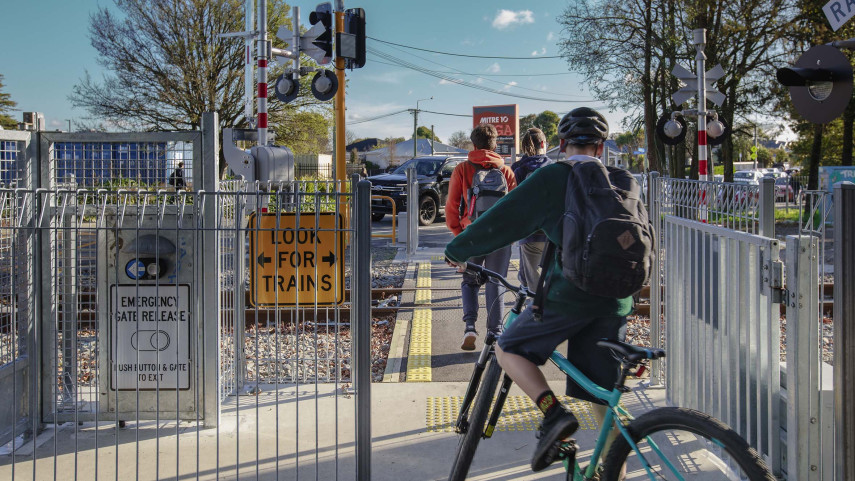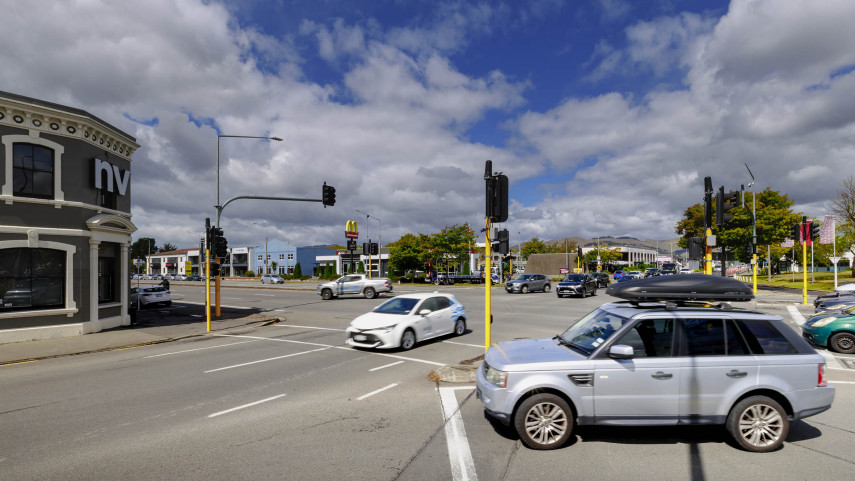Useful resources for schools and students.
Resources for students
This video outlines the impact a crash has on a family and the wider community.
Check out this montage of 20 years of road safety advertising campaigns in Australia.
The montage features iconic scenes and images from commercials that have helped change they way we drive, all edited to the moving song Everybody Hurts by REM.
Distractions while driving include any activities a person engages in that has the potential to distract them from the primary task of driving and increase the risk of crashing.
Drive phone free while driving. No call is that important.
The likelihood of being involved in a serious injury crash rises significantly with even minor changes in speed.
Research has shown that the risk of a serious injury crash doubles with just a 5km/h speed increase on 60km/h urban roads or with a 10km/h increase on highways.
Alcohol and drugs seriously affect your driving by slowing your reaction times and affecting your senses and judgment.
Alcohol is the second biggest contributing factor to road crashes in New Zealand.
Being a responsible driver means never driving when you're over the permitted blood alcohol level or when you've consumed drugs that might impair your judgement.
Drivers under the age of 20 are to have zero alcohol in their systems when driving and prohibited from driving while on drugs.
Find out more about the effect alcohol and drugs have on your ability to drive.(external link)
Resources for schools
Distracted driving includes a range of activities where attention is directed away from safe driving, towards competing events, objects or people, both inside or outside the vehicle.
The Road Safe series or resources includes learning activities across all year levels of New Zealand school.
The aim of the Road Safe resources is to ensure that students develop the knowledge, skills and positive attitudes to keep themselves and others safe on or near the road.
The resources can be downloaded from the Police's School Portal(external link)
The NZ curriculum online provides three case studies of road safety ideas and action to add relevance and depth to learning areas.
These case studies illustrate how schools have explored road safety aligned with the New Zealand curriculum and are intended for secondary students, years 9 and 10 (junior secondary school).
SADD(external link) exists to empower young Kiwis to prevent loss on our roads.
Established in 1985, in a response to unacceptable road trauma for youth, students set about to make a positive change.
SADD is the go-to organisation for student-led road safety education. It not only allows young Kiwis to have a voice but provides a platform to amplify road safety messages.
The programme is closely aligned to road safety goals. SADD's six principles reinforce safer choices and decision making on our roads:
- Sober drivers
- Safe speeds
- No distractions
- Avoiding risk
- Driving to the conditions
- Building experience,
Students focus on real issues affecting young road users and use problem-solving techniques to design engaging activities influencing peers to reduce road trauma and enhance wellbeing outcomes.
SADDs National Leadership Programme enables young Kiwis to lead change to promote a safer NZ. SADD collaborates with community partners nationwide to ensure effective, sustainable action.
To find out more about SADD and how you can get involved to help make a difference go to our website www.sadd.org.nz(external link) and follow us on social media @saddnz
One standard drink of any alcoholic beverage contains 10 grams of pure alcohol.
But beware that many of the drinks available for purchase over the bar may contain more than one standard drink. Most alcoholic drinks these days have the number of standard drinks on the label.
Find out more
To find out more or to make a booking for Crash Bash for high school students, or a Crash Bashand& Beyond parent information session, please email schooltravel@ccc.govt.nz.
Related news

Stadium street and water upgrades finished four months ahead of schedule
350,000 cobblestones, 5,176 plants, and 5.5km of new pipes later – major street and water network upgrades around the new stadium are finished.
18 Jul 2025
Safer cycleway celebrated by Council, KiwiRail and community
The lights are flashing and the bells are ringing at three upgraded railway crossings in Papanui and Bishopdale.
17 Jul 2025
News in brief from the Christchurch City Council meeting
Improvements on Moorhouse Avenue, speed limits around schools, tsunami sirens and Central City development contributions – here are the key decisions made at today's Christchurch City Council meeting.
18 Jun 2025